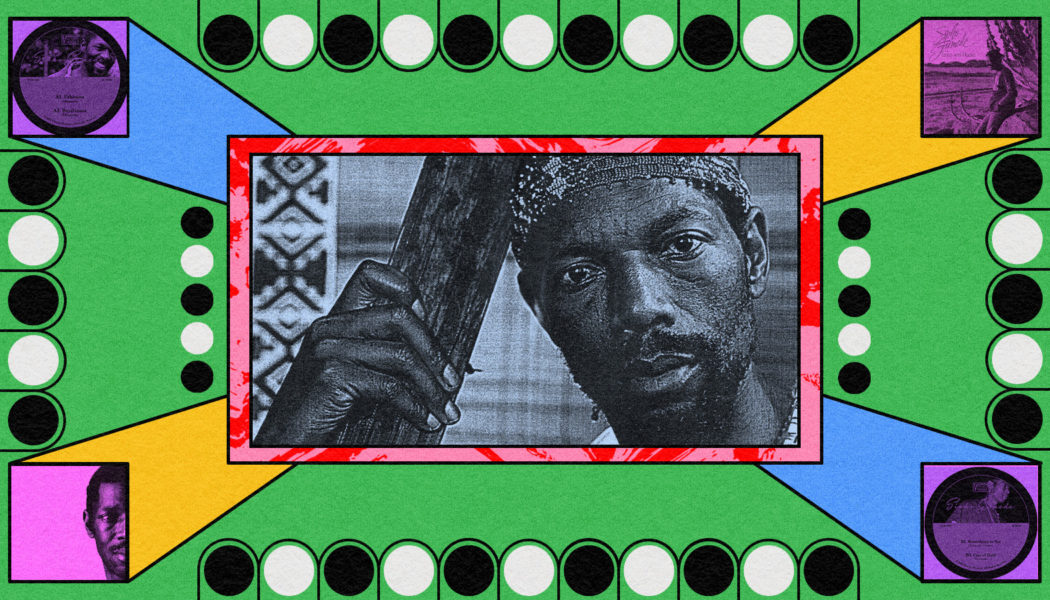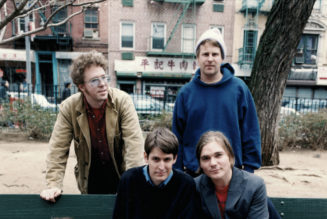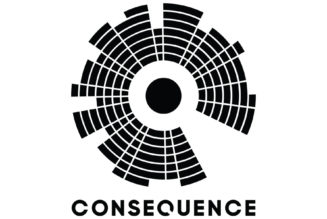
Miriam Makeba, Brenda Fassie, Letta Mbulu, Hugh Masekela, Yvonne Chaka Chaka—South Africa has produced a constellation of 20th-century superstars, many of whom have become household names around the world. But this was never the case for Sipho Gumede, a musician held up as a legend by many in South Africa’s music scene but whose profound legacy remains widely unacknowledged by the rest of the world.
Gumede first made a name for himself by mixing traditional rhythms and melodies with jazz and later with disco, boogie, and hip-hop. As a revered bass player, composer, and producer, he worked with South Africa’s music royalty, including Caiphus Semenya, Hugh Masekela, Letta Mbulu, and Abdullah Ibrahim; he toured the U.S. with Harry Belafonte and performed at Montreux Jazz Festival with South Africa’s biggest names in a show produced by Quincy Jones.
“He played with so many different people, but outside of South Africa, it doesn’t seem like he got the exposure his music deserves,” says Aroop Roy, founder of Vive La Musique, the London-based label that released Something to Say, which compiles four of Gumede’s lesser known tracks.
The catchy “Uthinina” and “Bayabizana” are taken from a 1983 album recorded by the short-lived band Peace, and combine Zulu vocals with jazzy arrangements and South African pop. “Something to Say” and “City of Gold” were released a few years later as part of the Faces and Places album, the first under Sipho Gumede’s own name. The album was recorded in the legendary Battery Mobile Studio in Botswana, founded by Hugh Masekela. Here Gumede worked with artists like Letta Mbulu and her husband Caiphus Semenya, who spent years in exile in the U.S., where he encountered the latest musical technologies. Semenya’s sleek, modern production seeped into Gumede’s music, and you can hear Mbulu’s influence in the tracks’ vocals and melodies.
“It’s interesting with the compilation because you can see the progression from the Peace album to the Faces and Places one, where the Western influences come in a lot more,” says Roy. It was the simultaneously joyous and melancholic “Uthinina” that first caught his attention, setting in motion a long journey that eventually led him, of all places, to a security systems shop in South London.
“It sounded like nothing I’d ever heard before but also a mix of everything I really love,” he recalls thinking when he first heard the track. The DJ and label set out to find a decent copy of the LP, but none were available on the internet. Gumede had passed away in 2004, and other South African musicians were proving hard to track down. One name jumped out to him: Greg Cutler, who was listed as a producer and engineer. Little did Roy know at the time that Cutler, who by then had moved back to London and opened his own security technologies business, had been a central figure in the South African music scene in the ‘70s and ‘80s and had worked closely with Gumede for almost a decade.
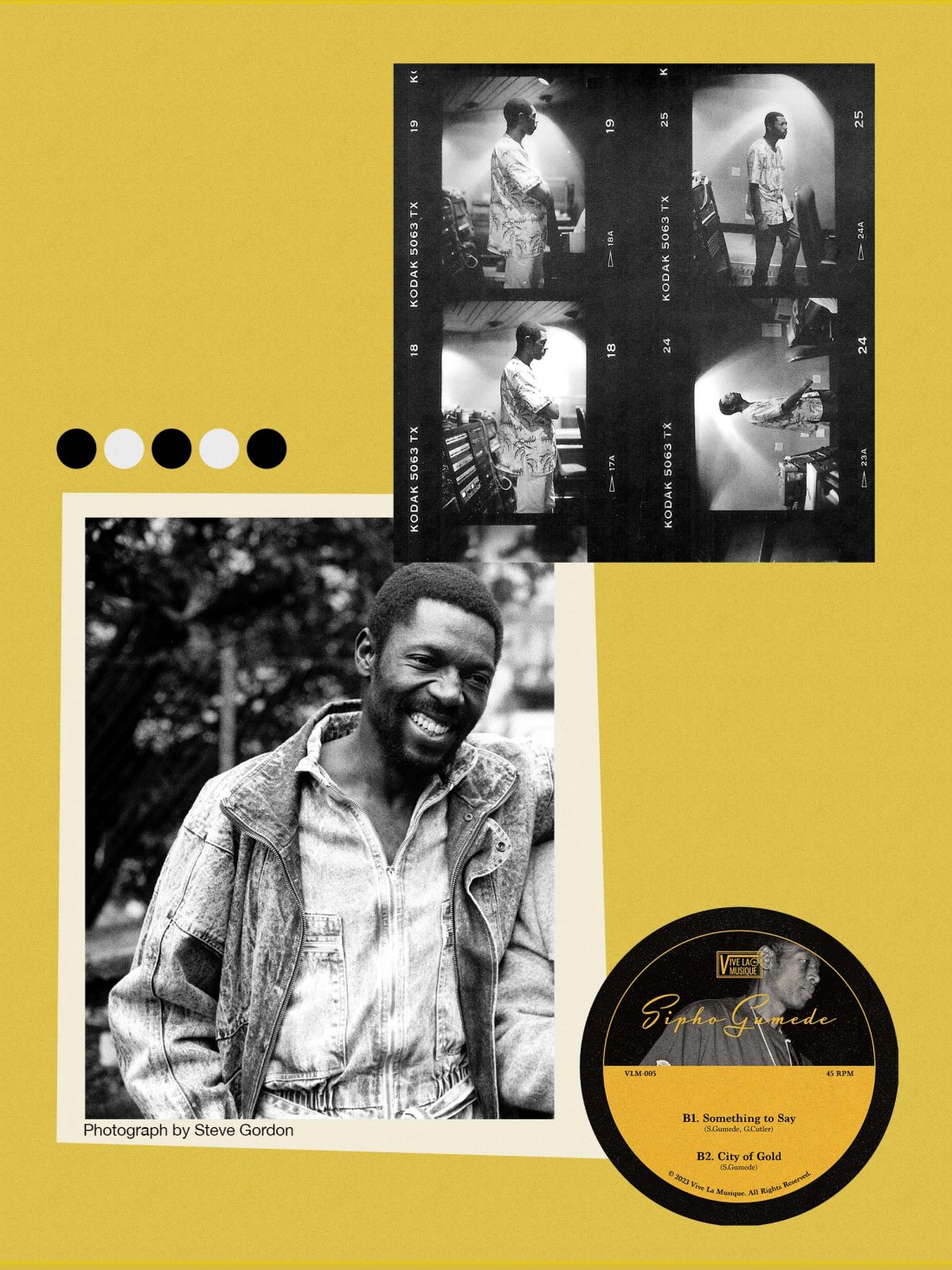
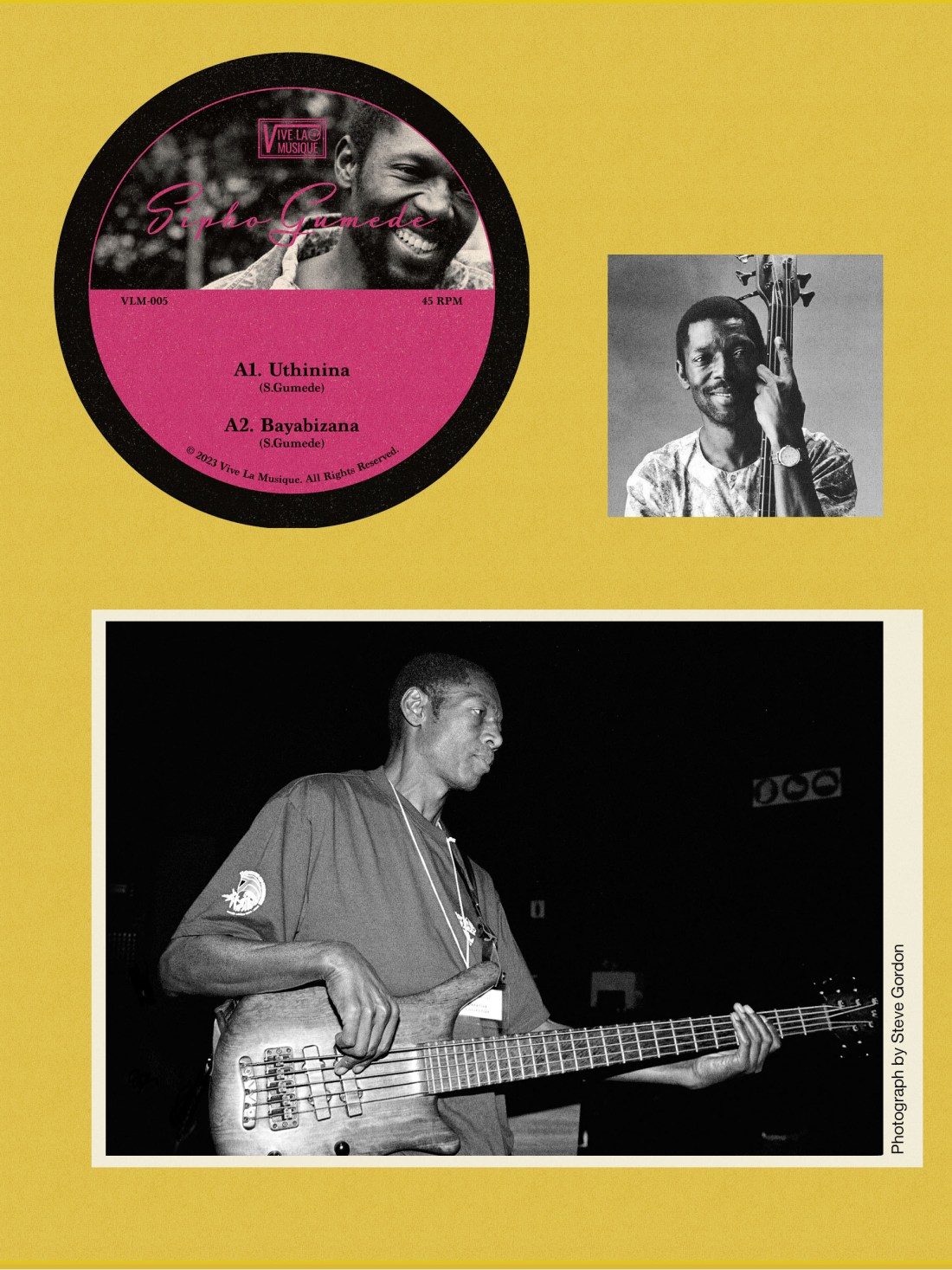
After months of internet sleuthing, Roy landed on Cutler’s LinkedIn page and fired off a message. Weeks went by, but eventually, Cutler responded: not only did he still have a copy of the Peace album, which contained “Uthinina,” but he also owned many of the South African records he’d worked on, including several of Gumede’s. He agreed to lend some to Roy, but on one condition: “He wanted me to bring something as insurance, as these records are really rare, so I took my violin,” remembers Roy. “As soon as we started talking, it was like a switch flicked, and that little shop in South London transformed into a recording studio in Johannesburg.”
Cutler moved to South Africa in 1976 after receiving a job offer from a recording studio, and his time there is detailed in a fascinating interview that accompanies the Something to Say vinyl release. His collaboration with Gumede began almost immediately.
Born in 1952 in Cato Manor, near Durban, the young Gumede grew up playing the pennywhistle and a homemade guitar. As a teenager, he started playing the bass and moved to Johannesburg, where he founded the jazz-funk band Spirits Rejoice—whose second album was produced by Cutler—and later the acclaimed jazz supergroup Sakhile.
Peace was his least commercially successful project, but their one and only album still marked a critical moment in the country’s musical history by blending pop and Zulu vocals. Whether it was a case of bad luck or the music being ahead of its time, the record barely sold, and many of its 1000 copies were likely melted down. Faces and Places, which he recorded with Cutler in Botswana, fared better and was seminal in Gumede’s development as a producer: “He saw the album as a vehicle to fully express what he heard in his head. In particular, Sipho considered the drum machine a way of influencing the rhythm parts of the recording with fine control,” says Cutler in his interview with Roy.
Gumede released over twenty albums over his career, and in 1995 was awarded a lifetime achievement for his contribution to South African music. A pioneering force in the country’s scene, he was never afraid to learn and experiment with new sounds. In the words of Greg Cutler: “His intention was to always keep a groove.”
